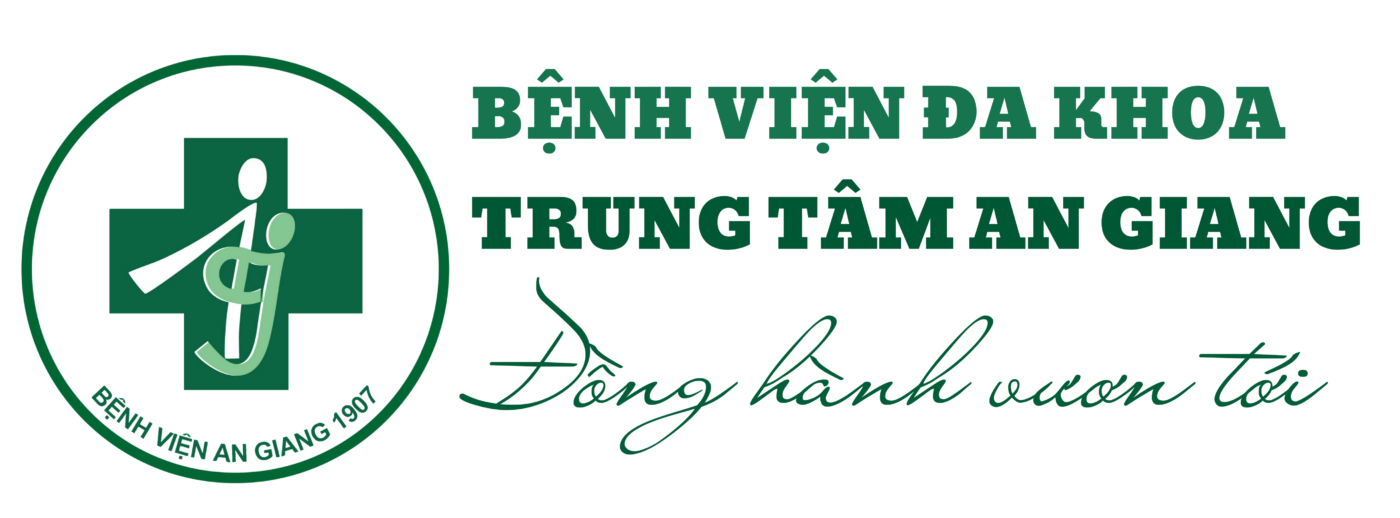J Crit Care. 2017 Dec;42:42-46. doi: 10.1016/j.jcrc.2017.06.028. Epub 2017 Jun 28.
Stroke volume guided resuscitation in severe sepsis and septic shock improves outcomes.
Latham HE1, Bengtson CD2, Satterwhite L3, Stites M4, Subramaniam DP5, Chen GJ6, Simpson SQ7.
1
Division of Pulmonary and Critical Care Medicine, The University of Kansas Medical Center, 3901 Rainbow Blvd, MS 3007, Kansas City, KS 66160, United States. Electronic address: hlatham@kumc.edu.
2
Division of Pulmonary and Critical Care Medicine, The University of Kansas Medical Center, 3901 Rainbow Blvd, MS 3007, Kansas City, KS 66160, United States. Electronic address: cbengtson@kumc.edu.
3
Division of Pulmonary and Critical Care Medicine, The University of Kansas Medical Center, 3901 Rainbow Blvd, MS 3007, Kansas City, KS 66160, United States. Electronic address: lsatterwhite@kumc.edu.
4
Department of Nursing, The University of Kansas Medical Center, 3901 Rainbow Blvd, MS 2018, Kansas City, KS 66160, United States. Electronic address: mstites@kumc.edu.
5
Department of Internal Medicine, Division of Health Services Research, The University of Kansas Medical Center, 3901 Rainbow Blvd, MS 1037, Kansas City, KS 66160, United States. Electronic address: dsubramaniam2@kumc.edu.
6
Department of Internal Medicine, Division of Health Services Research, The University of Kansas Medical Center, 3901 Rainbow Blvd, MS 1037, Kansas City, KS 66160, United States. Electronic address: gchen2@kumc.edu.
7
Division of Pulmonary and Critical Care Medicine, The University of Kansas Medical Center, 3901 Rainbow Blvd, MS 3007, Kansas City, KS 66160, United States. Electronic address: ssimpson3@kumc.edu.
Abstract
To determine whether stroke volume (SV) guided fluid resuscitation in patients with severe sepsis and septic shock alters Intensive Care Unit (ICU) fluid balance and secondary outcomes, this retrospective cohort study evaluated consecutive patients admitted to an ICU with the primary diagnosis of severe sepsis or septic shock. Cohorts were based on fluid resuscitation guided by changes in SV or by usual care (UC). The SV group comprised 100 patients, with 91 patients in the UC group. Net fluid balance for the ICU stay was lower in the SV group (1.77L) than in the UC group (5.36L) (p=0.022). ICU length of stay was 2.89days shorter (p=0.03) and duration of vasopressors was 32.8h less (p=0.001) in the SV group. SV group required less mechanical ventilation (RR, 0.51; p=0.0001). The SV group was less likely to require acute hemodialysis (6.25%) compared with the UC group (19.5%) (RR, 0.32; p=0.01). In multivariable analysis, SV was an independent predictor of lower fluid balance, LOS, time on vasopressors, and not needing mechanical ventilation. This study demonstrated that SV guided fluid resuscitation in patients with severe sepsis and septic shock was associated with reduced fluid balance and improved secondary outcomes.
Copyright © 2017 Elsevier Inc. All rights reserved
HỒI SỨC DỰA TRÊN THỂ TÍCH NHÁT BÓP GIÚP CẢI THIỆN KẾT QUẢ ĐIỀU TRỊ TRONG NHIỄM KHUẨN HUYẾT NẶNG VÀ
SỐC NHIỄM TRÙNG
Latham HE1, Bengtson CD2, Satterwhite L3, Stites M4, Subramaniam DP5, Chen GJ6, Simpson SQ7.
Tóm tắt
Nhằm xác định xem liệu việc bù dịch ở những bệnh nhân nhiễm khuẩn huyết nặng và sốc nhiễm trùng dựa vào thế tích nhát bóp có làm thay đổi cân bằng dịch và kết cục điều trị hay không, nghiên cứu hồi cứu đoàn hệ này đánh giá những bệnh nhân nhập vào khoa Hồi sức tích cực (ICU) với chẩn đoán nhiễm khuẩn huyết nặng và sốc nhiễm trùng. Nghiên cứu đoàn hệ về hồi sức dịch dựa trên sự thay đổi thể tích nhát bóp (SV) hoặc điều trị thông thường (UC). Có 100 bệnh nhân trong nhóm dựa theo thể tích nhát bóp và 91 bệnh nhân điều trị thông thường. Kết quả việc cân bằng dịch ở ICU của nhóm dựa vào thể tích nhát bóp thấp hơn nhóm điều trị thông thường (1,77 lít so với 5,36 lít, p=0,022). Thời gian nằm ở ICU ít hơn 2,89 ngày (p=0,03) và thời gian dùng thuốc vận mạch ít hơn 32,8 giờ (p=0,001). Yêu cầu thở máy ít hơn (RR, 0.51; p=0.0001). Lọc máu cấp cứu ít hơn (6,25%) so với nhóm điều trị thông thường (19,5%) (RR, 0.32; p=0.01). Trong phân tích đa biến thể tích nhát bóp (SV) là yếu tố tiên đoán độc lập cho việc cân bằng dịch thấp hơn, giảm thời gian dùng thuốc vận mạch và không cần thiết phải thở máy. Nghiên cứu này cho thấy rằng việc bù dịch dựa vào thể tích nhát bóp trong nhiễm khuẩn huyết nặng và sốc nhiễm trùng sẽ giảm được số lượng dịch và cải thiện kết quả điều trị.
Người dịch: BsCKII. Phạm Ngọc Kiếu Trưởng Khoa ICU





